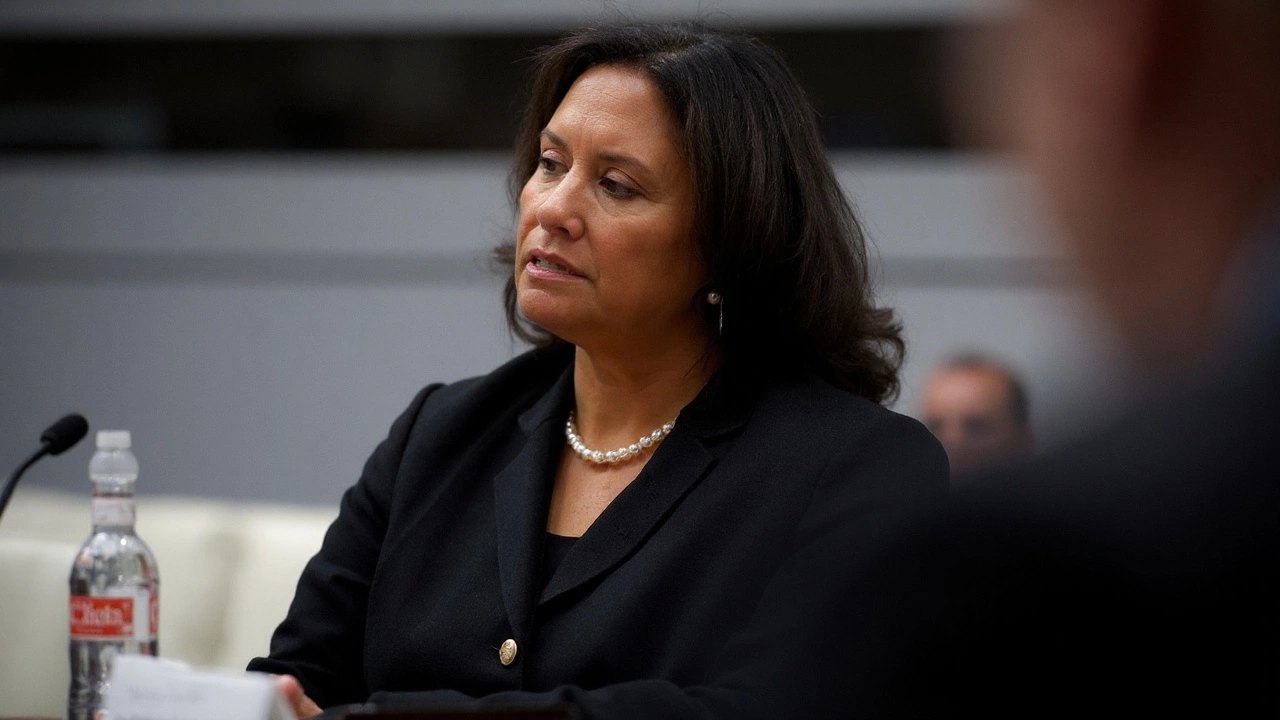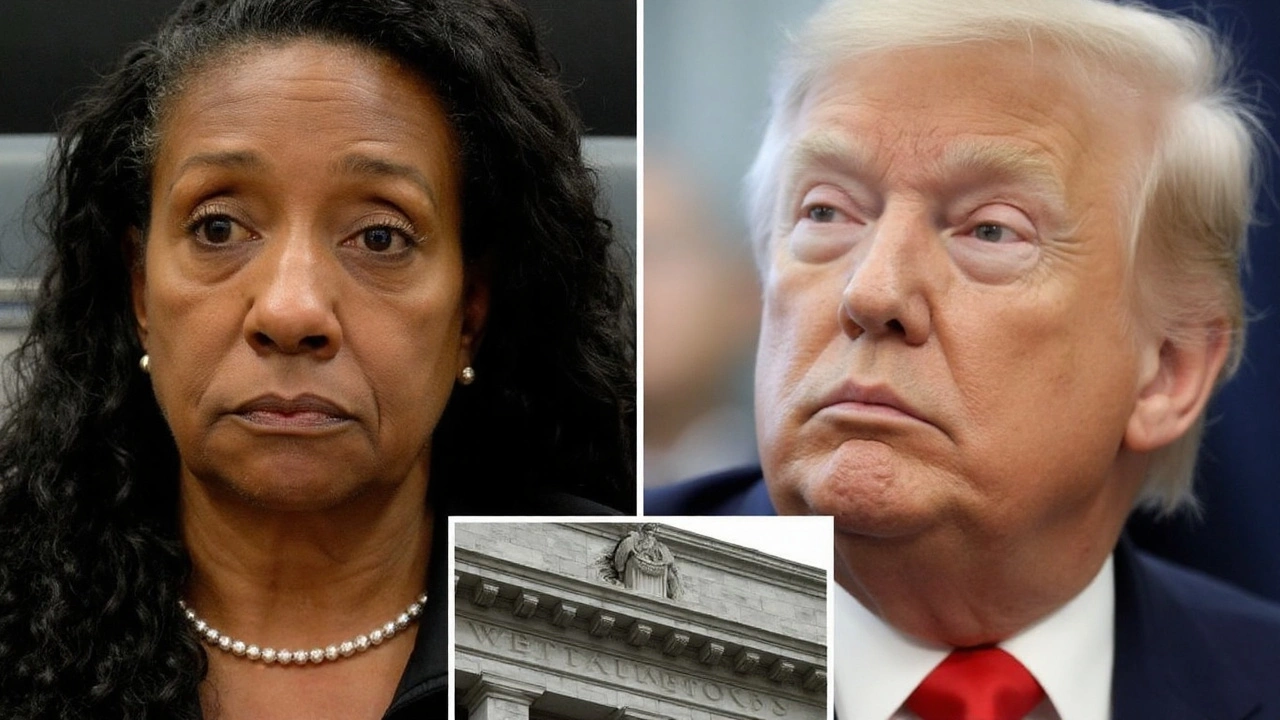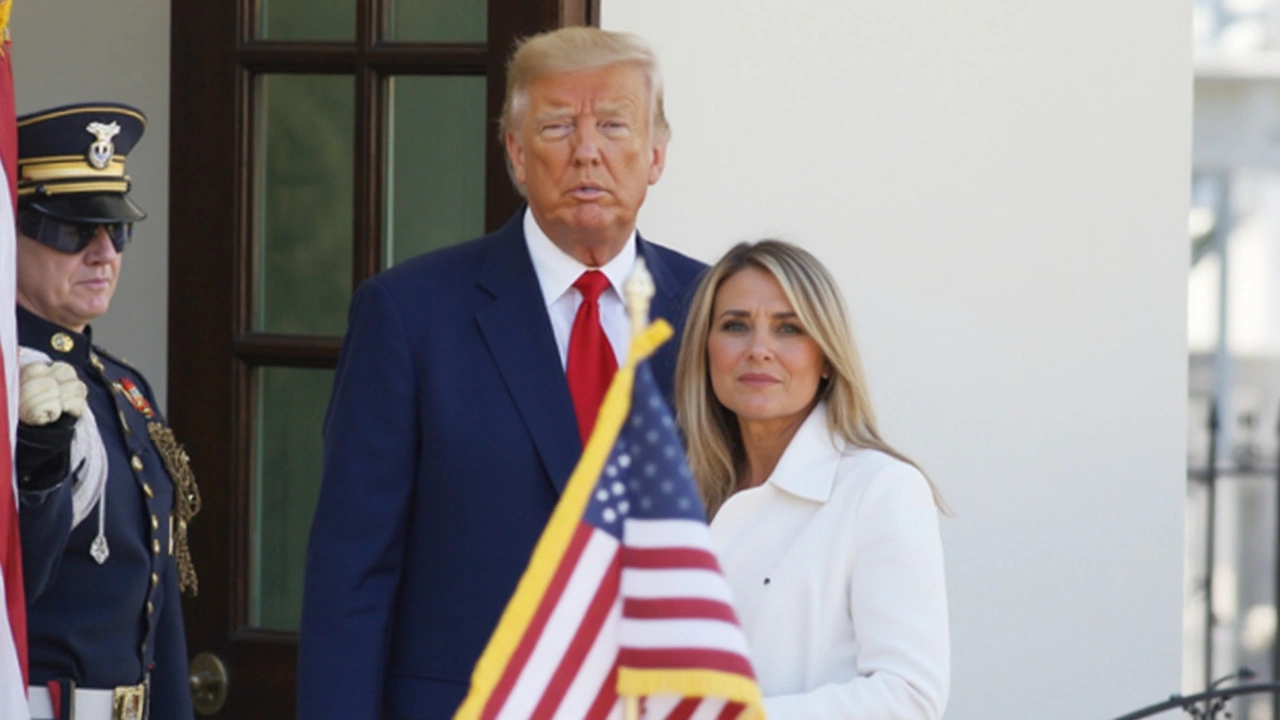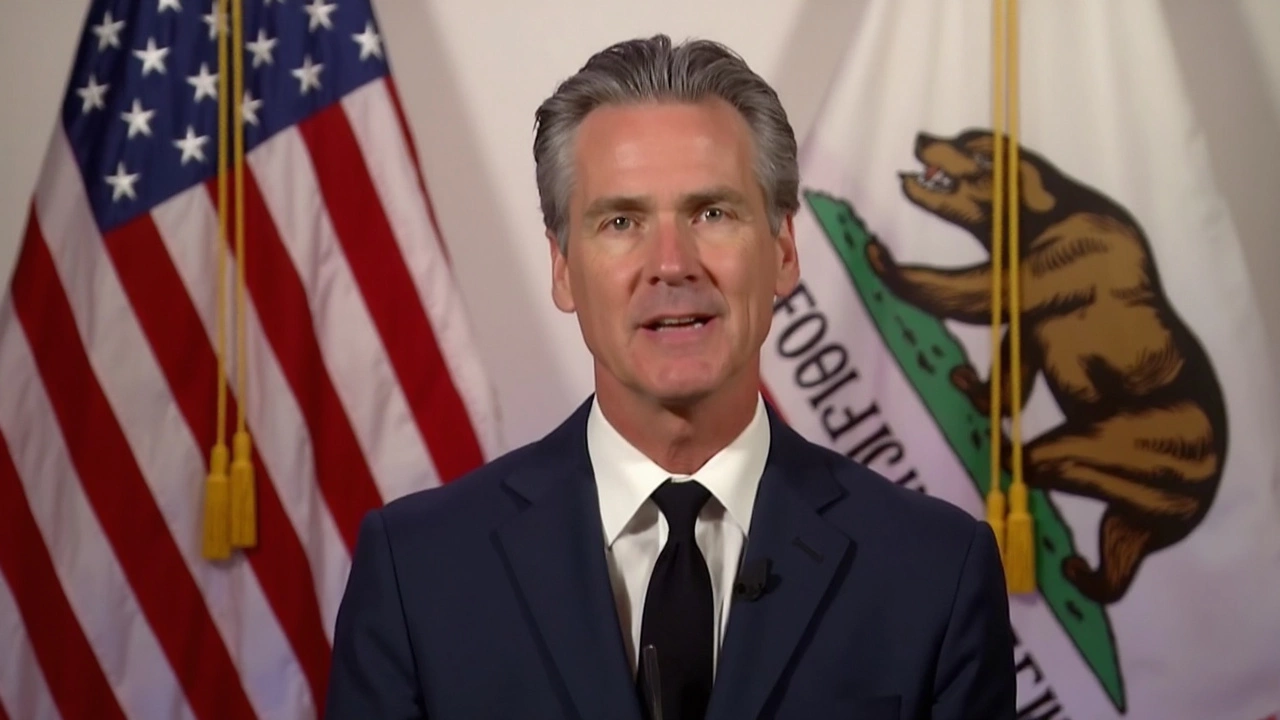Trump moves to fire Fed Governor Lisa Cook
A sitting president has never tried to remove a Federal Reserve governor. That changed Monday night when President Donald Trump announced he was firing Lisa Cook, a Biden-nominated economist who sits on the central bank’s seven-member Board of Governors. In a letter posted to Truth Social, Trump said the dismissal was “effective immediately,” citing “sufficient cause” tied to alleged mortgage fraud.
Trump’s notice accuses Cook of providing false information on loan applications for two properties, including claiming more than one primary residence. “The American people must be able to have full confidence in the honesty of the members entrusted with setting policy and overseeing the Federal Reserve,” he wrote. “In light of your deceitful and possibly criminal conduct in a financial matter, they cannot and I do not have such confidence in your integrity.”
Cook isn’t going quietly. She has said the president lacks the power to fire her and is preparing to challenge the move in court. Her allies expect an urgent request for a temporary restraining order that would keep her in the job while the courts sort out what “for cause” actually means under the Federal Reserve Act. The Board has not publicly said whether it considers her seat vacant.
The allegations were pushed by housing investor William Pulte, a vocal Trump supporter, who has claimed Cook listed two primary residences in mortgage filings before she joined the Board. Pulte says he referred his findings to the Justice Department for possible criminal review. The DOJ has not announced any action, and the details of the applications have not been made public.
Democrats erupted within hours. Sen. Elizabeth Warren, the top Democrat on the Senate Banking Committee, called the move “an authoritarian power grab that blatantly violates the Federal Reserve Act.” House Minority Leader Hakeem Jeffries said Trump was acting “without a shred of credible evidence,” and Rep. Jamie Raskin called the attempt “an outrage and a scandal” and “the big one constitutionally.”
The firing push lands in the middle of a long-running fight between Trump and the Fed over interest rates. Trump has hammered Chair Jerome Powell for keeping borrowing costs too high and has said he wouldn’t pick a Fed chief who refuses to cut rates. Removing Cook would let the White House nominate a replacement, potentially giving Trump another ideological ally on the Board and more leverage over future policy debates.
Cook, an economist known for research on innovation and growth, was confirmed in 2022 and again in 2023 for a full term. She is the first Black woman to serve on the Board and faced a bruising confirmation process marked by partisan split votes. Her defenders say the allegations are thin and politically timed; critics argue any misrepresentation on a mortgage is disqualifying for a top financial regulator.

A clash over Fed independence and the law
At the heart of the showdown is the guardrail that has defined America’s central banking for a century: independence from day-to-day politics. Congress gave governors 14-year terms and protected them from at-will firing to keep short-term political pressure from shaping monetary policy. The law does let a president remove a governor “for cause,” but no president has ever invoked that clause. Courts have also never tested what exactly “for cause” means in this context.
Expect a fast legal sprint. A federal district court could first decide whether Cook remains in office while the case proceeds. From there, the D.C. Circuit and possibly the Supreme Court may be asked to weigh in. Prior Supreme Court rulings set the stage but don’t settle this. In one line of cases, the Court has allowed for-cause protections for multi-member independent commissions. In others, it has struck down removal limits for single-director agencies and rejected “double insulation” from removal. Where the Fed’s Board lands on that spectrum in 2025 is an open question.
The phrase “for cause” is doing a lot of heavy lifting here. In regulatory law, it usually means serious misconduct, neglect of duty, or malfeasance—something more than a policy disagreement. If the Cook case turns on the mortgage claims, judges will need to decide whether the facts, if proven, meet that high bar and whether alleged conduct predating her Board service counts. Cook’s team is likely to argue that any dispute over mortgage occupancy is a personal matter, not official misconduct, and that the statute requires more.
So what would prosecutors or regulators look at? Mortgage fraud cases often hinge on intent—knowingly making false statements to a lender. “Primary residence” generally means a home you intend to live in most of the year, with occupancy certifications typically requiring you to move in within a set period. People with multiple properties may move, refinance, or change occupancy over time; the line between sloppy paperwork and criminal intent can be hard to draw. Without public filings, no one outside the principals has the full picture.
Beyond the courtroom, this fight hits the Fed’s credibility. Investors want to believe rate decisions are made by technocrats looking at inflation, jobs, and financial stability—not politicians looking at the next election. Even the appearance of political interference can raise borrowing costs, push up risk premiums, and rattle bond markets. The White House push also comes as the Fed tries to steer inflation back to target without tipping the economy into recession, a balancing act that gets harder if internal governance turns into headline drama.
There’s also a brass‑tacks question: What happens at the next policy meeting? The Federal Open Market Committee includes the Board’s governors and five of the Reserve Bank presidents. If Cook is in legal limbo, counsel for the Board and the FOMC will have to decide whether she votes, participates in briefings, or recuses. A court order could clarify that quickly—or leave the committee to manage a gray area.
The stakes are high for personnel, too. The Board has seven seats. When vacancies open, a president nominates and the Senate confirms. If Cook is removed and the Senate seats a replacement, the ideological center of gravity could shift, affecting debates over rate cuts, balance-sheet policy, bank supervision, and climate-related risk disclosures. For a committee that often tries to speak with one voice, even small shifts in membership can change the tone and timing of policy.
And then there’s the political calendar. Markets, businesses, and households are already watching for signals about when the Fed might start cutting rates. The White House wants lower borrowing costs heading into an election cycle. The Fed, wary of stubborn inflation, has been cautious. A brawl over the Board’s composition and the meaning of “for cause” could overshadow the data—and make every rate decision look like a referendum on independence.
One last point getting lost in the noise: the statute’s ambiguity. The Federal Reserve Act’s removal clause is a single sentence tucked into a century-old law. Congress has never clarified what “cause” is for the Fed, and no court has drawn the line. However this case lands, it will set a precedent that outlasts any one president or governor. A ruling that greenlights broad removals could invite more political hardball. A ruling that slams the door could leave future presidents with little recourse even in clear cases of misconduct.
For now, Cook says she’s staying and fighting. The White House says she’s out. The Board, the courts, and the markets are waiting for the next move. When the dust settles, it won’t just be about one governor’s future. It will be about how much influence the Oval Office can exert over the Federal Reserve—and how much insulation the Fed really has when politics knocks at the door.


